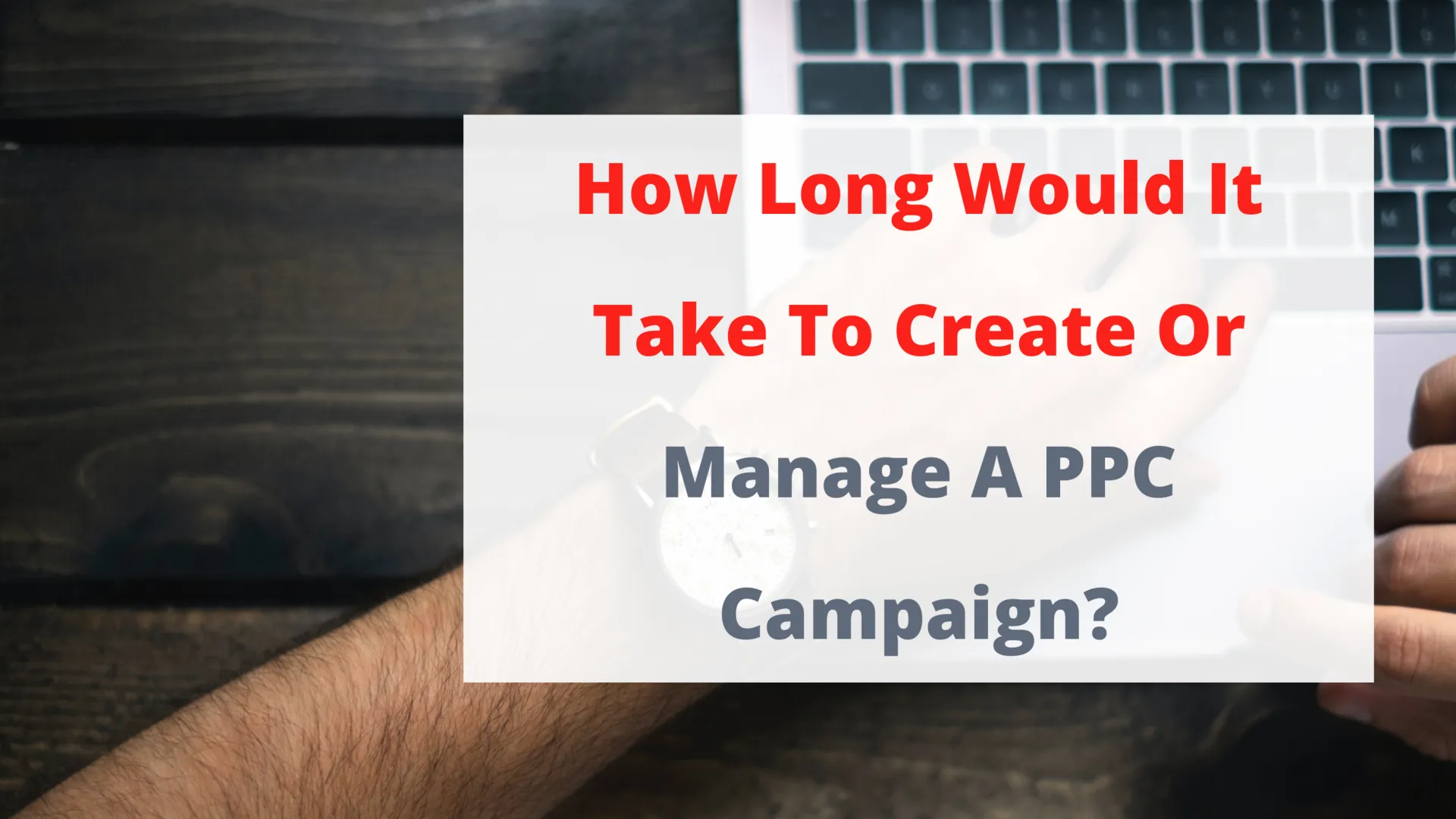What Is PPC? A Practical Guide to Pay-Per-Click Advertising
Businesses in the modern age are always in a chase to find new methods of reaching out to customers, increase the traffic, and many more methods to ensure they make sales. For a small fee, Pay Per Click (PPC) advertising provides one of the most efficient and prevalent ways to accomplish these objectives. However, what is the meaning of PPC, and how is it done? This article will delve into how PPC advertising operates, its advantages, its operation, and the strategies that are employed while conducting a PPC campaign.
What is PPC?

Pay Per Click, or PPC, refers to a form of internet marketing in which the advertiser pays a certain amount each time a user clicks on his or her advertisement. In simple terms it is all about buying traffic to a website rather than generating it through search engine optimization and content creation. PPC ads are usually seen on search engines like Google or Bing, but they can also be featured on social media such as Facebook, Instagram, and LinkedIn, as well as sites that are part of ad networks.
The most prevalent form of PPC campaign is the search engine marketing or when businesses purchase specific keywords that are appropriate to their businesses. Ads are shown at the top or bottom of search results when someone types a keyword that is center of an ad. The advertiser pays only in the event the user views the ad and thus the term, pay-per-click.
How Does PPC Work?
How does PPC operate? It works on an auction basis. This is conceptually how it functions:

- Choose Keywords: The first step for advertisers is to target potential customers choosing the appropriate words that they expect the customers to type in a search. In this case, for instance, the business selling running shoes might aim for keywords such as “buy running shoes online” or “best running shoes for women.”
- Create an Ad: After using appropriate keywords, businesses have to create ads that will be appealing to their audience when they perform a search within the search engines or on advertisement networks. These ads may take the form of text, images or videos depending on the site.
- Set a Budget: The advertiser sets the amount he is willing to spend in order to receive one click on his advertisement. The amount set is referred to as the bid. The bid amount can be expected to increase the chances of the ad being placed in a better spot although it is not one of the singular factors that determine placement of an ad.
- The Auction Process: An auction is held whenever a user inputs a search query which constitutes a keyword that the advertiser has. Things that can be considered during this specific bidding process include the bid, the ad’s relevance to the user and the ad’s quality and performance as well as the landing site’s quality.
- Pay by Click: Once the ad is posted, the only cost incurred by the advertiser is when a user clicks on the ad. The actual amount paid per click is usually below the Estimated Cost-Per Click which has a cap maximum, due to the nature of an auction in which other factors are considered in determining price.
Types of PPC Ads
Different kinds of PPC ads appear in different formats on different kinds of platforms. Their types are discussed below:

- Search Ads: These are the text-based paid advertisements that appear above or below the organic search engine results. And they are the most used, where the user is known to be searching for something very specific.
- Display Ads: These are the graphical barring advertisements which are placed on websites all over the World Wide Web usually in the google display network. This type of advertisement works well when the aim is to create awareness of the brand and target a wider net.
- Shopping Ads: Shopping ads are mainly employed by e-commerce organizations that allow prospective buyers to see the product’s image, prices, and store’s name embedded right from the search result page. These adverts are most beneficial for users who have specific things they aim to purchase.
- Social Media Ads: PPC ads are also visible across social media sites’ such as Facebook, Instagram, Twitter, or LinkedIn. The ads can come in terms of text, images or videos depending on the site. Social media advertising is focused towards the interests, demographics and even the behaviors of users themselves.
- Video Ad: These are mostly advertised on a site such as YouTube. The speakers and advertisers of products create competition over the placement of their video advertisement’s to be shown before the consumers view other entertaining video clips, during viewing time or after the video is finished.
- Remarketing Ads: Through remarketing, it is possible for an advertiser to reach audiences who have previously gone to the company’s page but never actually complete the transaction ( purchase, leaving their email to get news from the website etc.). Such users will see these kinds of adverts when viewing other places and their attention is drawn on the business to make them return to the site.
Advantages of PPC Advertising
There are many advantages of PPC advertising to the companies trying to expand their businesses and reach out to potential customers. A few of them are highlighted as follows:

- Immediate Traffic: So instant income doesn’t require a favorable or successful organic SEO campaign that requires time to develop as with advertisement. Generally, as soon as the advertisement is successful, it starts showing on users’ screens and on all advertising platforms.
- Niche Marketing: Areas in which PPC is particularly popular provide their services on a pay-per-click basis which takes target marketing to a whole new level thanks to analytics. People’s language and purchasing behavior vary by region and target audience.
- Pay what you want: The option that users can choose the amount of expenditure is often accompanied advertised goods. The total spending on advertising may go above what is planned or wanted.
- Analytic: In PPC ads businesses will have in total how much they are spending bringing in clicks and how many of those clicks will be converted into sales or the action which is desired. Easily understood, this allows for a controlled evaluation of the ROI on the campaign with changes made when required.
- Flexibility and Scalability: PPC campaigns are very flexible and scalable. Businesses can suspend or amend their campaigns whenever they wish, increase budgets during peak seasons, or try out different ad variations to establish which one performs better.
Key PPC Metrics to Monitor
When one is running a PPC campaign, some figures should come into play to determine the success of the campaign. Some of the most important measures are:

- Cost Per Click (CPC): The precise amount of money paid by an advertiser for a click registered on his or her ad.
- Click-Through Rate (CTR): The Clair Forward Bi. The Clair Forward Bit is the sum total of messages registered in persons who saw the ad in comparison to the total number of people who saw the ad. A perfect example is those ads with high levels of Click Through Rates. Most people never go about making ads that are screened by no less than 500 people.
- Conversion Rate: This metric denotes the percentage of users completing a particular target action after clicking an advertisement (e.g. going to the store and buying). It goes without saying that if Conversion rates are generated/apply tension to a low level taking place it means the advertisement and the Landing pages are doing a great job and enough.
- Quality Score: There are factors such as google ads and its A Quality score that mark the relevance of your ads with respect to your keywords and the certain landing page you set up for the ad. The higher your Quality score is likely to give the lower CPC and better positions on the ads.
- Return on Ad Spend (ROAS): This metric calculates the income from the relative to the expense incurred in running the campaign. The higher the ROAS, the better the campaign performed.
Best Practices for a Successful PPC Campaign
In order to maximize the effectiveness of your PPC campaigns, take into consideration the following best practices:

- Conduct Keyword Research: Carrying out keyword research of a site is very crucial since it assists the people in active finding the targeted audience. Google Keyword planner is one of the tools which can be effectively used to discover keywords along their usage statistics.
- Create Compelling Ad Copy: Apart from headlines, effective ad copies should not be too long. It should contain a CTA that entices the target audience while remaining unique in the market.
- Optimize Landing Pages: Also, make sure the page where users are directed after clicking an ad is relevant enough and designed to convert. The landing page needs to be well integrated and coherent to the ad.
- Monitor and Adjust Campaigns Regularly: Constant check of progress is necessary for the success of any of the campaigns. It’s important to focus on previously reserved metrics, alter several ad visuals, edit the costs, and focus on the regions to maximize the returns generated over a period.
- Incorporate Negative Keywords: Achieving high Google or social media advertisement click-through rates is not that important if your adverts do not attract the right customers. Negative keywords assist in this by ensuring that your adverts are not displayed to users who are unlikely to convert. This comes in handy since it ensures that the budget is only used to attract the most qualified leads.
“Start”
Pay-per-click advertising means a direct significant force for companies that want to attract potential customers to their websites, as well as have a specific strategy in marketing use and be able to analyze the effectiveness of their activities perfectly. It brings instant exposure, focus, and great adaptability. However, to enjoy the advantages of PPC, businesses must undertake adequate research, come up with engaging ads, have tuned-up landing pages and always be on the lookout for any anomalies and make adjustments in the campaigns as they run to ensure the best performance levels are achieved.
It helps to understand that paying for advertising has its advantages, and creating advertising campaigns correctly helps every business achieve its goals.
